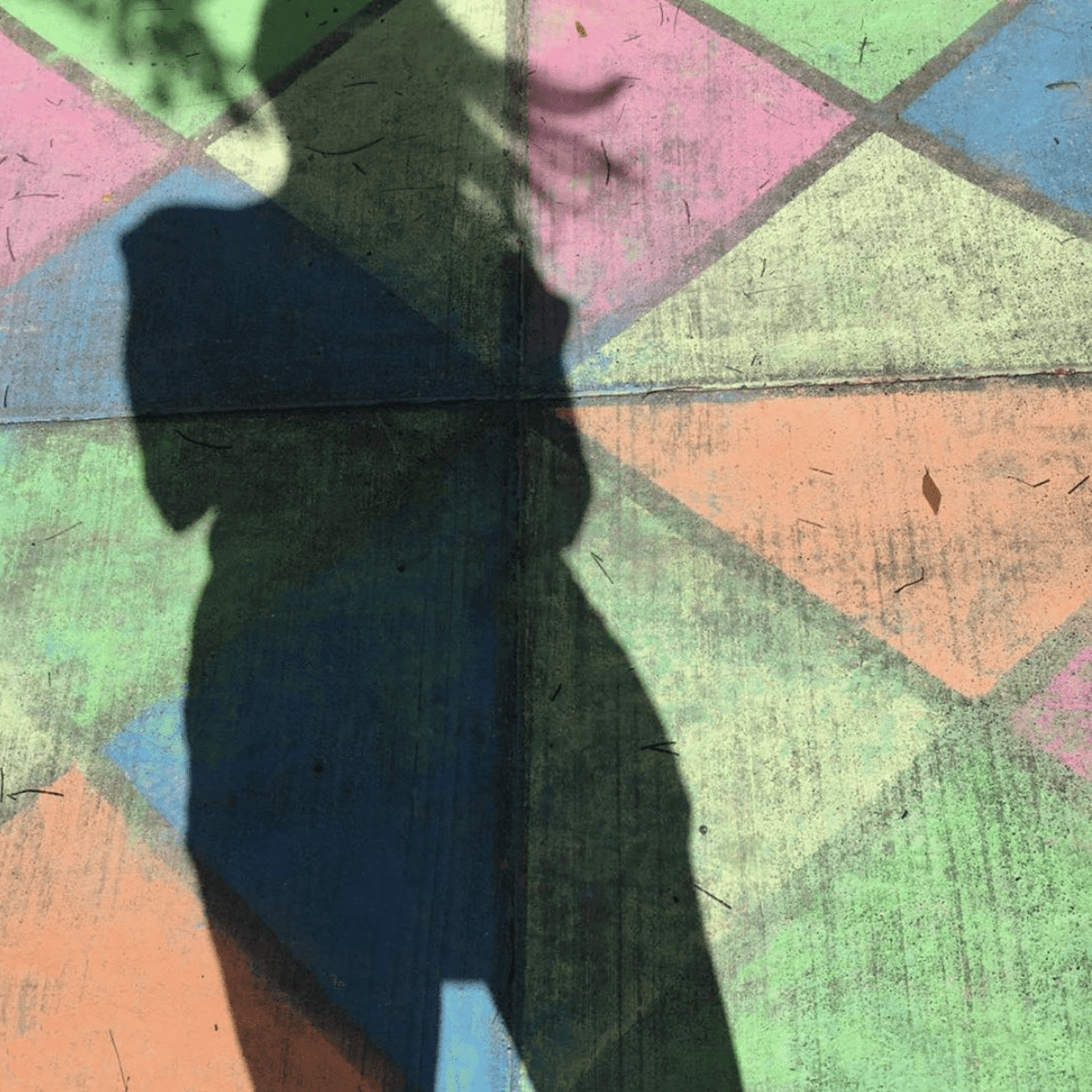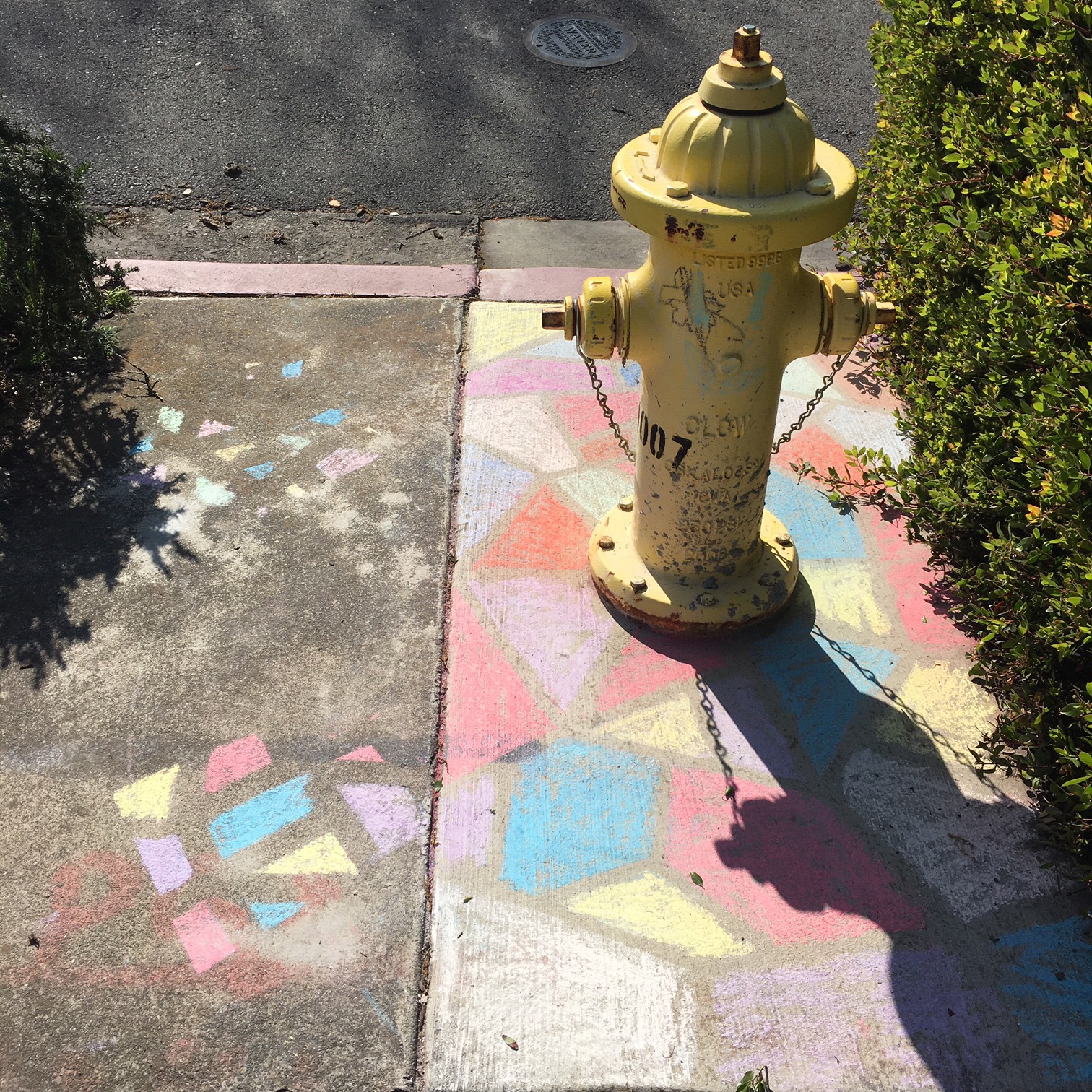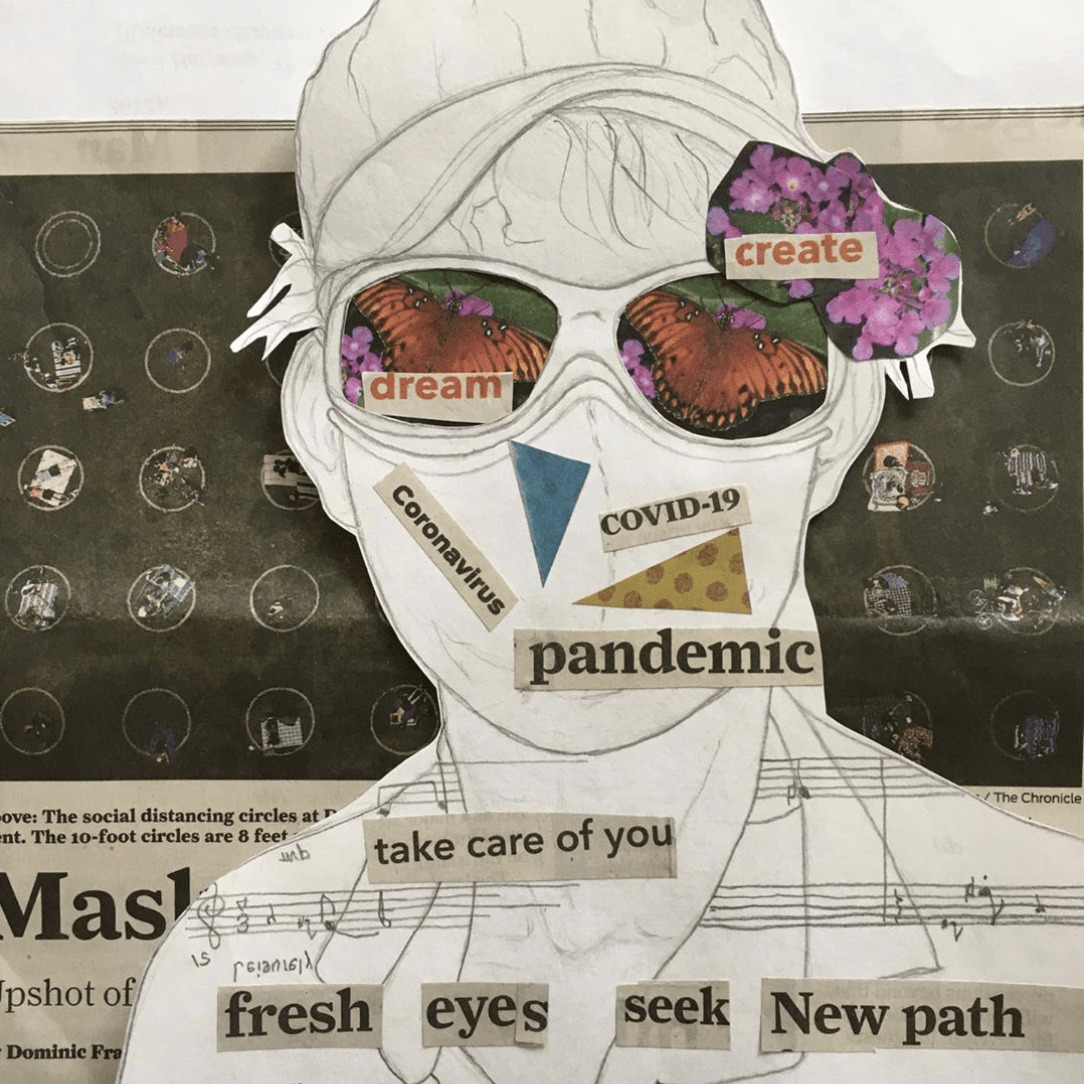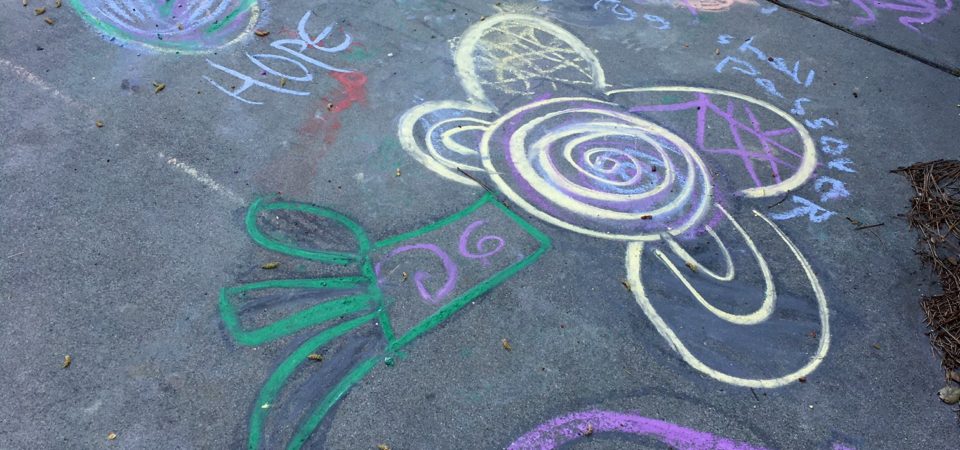This essay was written for and included in the anthology After The Pandemic: Visions of Life Post COVID-19. Published May, 2020 by Sunbury Press, now available from www.sunburypressstore/new releases, Barnes and Noble, and Amazon. Proceeds from the sale of this book all go to helping Coronavirus victims.
When I look at photographs of my family on a trip to Lake Tahoe last summer, a quiet voice within me whispers: that was before. The pandemic has shaken us to our core and requires us to rethink the way we live. For example, the world feels strangely silent since Coronavirus arrived. With fewer airplanes, cars, and people out, our world is quieter; and, our air quality has improved. The present crisis is an excellent time to reconsider our transportation system. We need to face the dilemmas of our planet in addition to the immediate threat of the pandemic and plan for our future. Some changes are understandably enforced out of necessity.
Lasting changes, as I discovered as a teacher, need to begin with connections, with emotional engagement, and with expression. The arts will play a vital role in our evolution and broadening of our consciousness as we move forward. Although there is, of course, intellect involved in creating art, our vision would be far from complete without tending to our emotional truths. “It is only with the heart that one can see rightly….” Saint-Exupéry’s words in The Little Prince compliment the statement of Jacques Yves-Cousteau: “We protect what we love…” [1]. The arts are the language of the heart, and I believe it is through the soul’s expression of our grief and of our experiences that we can journey towards healing our world. There is a new focus on large and small home gardens. I see this as a sign that we can save what we love. The Coronavirus has been the impetus of needed changes. Our emotions have stirred us to create in new ways.

As my husband and I take our daily walks around the blocks of our urban neighborhood, we have been delighted with the plethora of chalk art that families have created together, brightening up sidewalks and driveways. When the shelter-in-place order first went into place, there were many poems featured in newspapers. I find it intriguing that one of the first things people needed to do was to turn to the arts. Musicians are creating ways to bring into light the angst and triumphs we face as one world. We were amused during our first week of isolation to view a video of an older couple who changed the words of a popular song into Coronavirus safety instructions. Artists and non-artists alike are finding ways to express the sadness (and sometimes giving us comic relief) of something that seemed unimaginable before. Our hearts have been broken open by the pandemic, and it is to the arts we look to heal. In the past, new creative expressions and innovation often arrived at the heels of catastrophe.
The Black Plague, for example, set the stage for the rise of the Renaissance. Europe’s economy boomed because survivors could demand higher wages and a better standard of living. Due to the lack of laborers, technological advances followed, including Gutenberg’s printing press. Scientific methods were employed in treating and preventing diseases. From that, a new era of observation flowed into the arts. Linear perspective, proportional studies, and an emphasis on naturalism indeed laid the ground for rebirth. Following each World War, there was a boom of inventions that were a response to the wars. Useful items such as sanitary napkins and tissues, tea bags, wristwatches, zippers, stainless steel, and a communication system for pilots sprung out of World War I alone. Where there are innovations, the arts are pushing the boundaries of our imaginations. The haunting, surreal paintings by Paul Nash—that expressed his involvement in the both world wars—are examples of how visual imagery changed the way people viewed the landscape of British countrysides. Aaron Copeland’s Fanfare for the Common Man, written in 1942, was a tribute to the people who were fighting in World War II [2]. To this day, this piece yet stirs my heart in an unspoken language of dignity amid tragedy. That tragedy forces us to look deep within ourselves to find our strength and inspiration.
It is the arts from bygone eras that tell the stories that need to be heard. The Vietnam War gave us the Hippie movement, anti-war folk songs, and the uniquely American version of Pop Art. We can peer back into that time and get a glimpse of the shift of awareness by the art and music we see and hear. Music changed our world in the 1960s by getting our attention and increasing our knowledge of situations that needed to change. I know this first-hand because I lived as a teenager through the decade of flower children and protests. Who can forget Peter, Paul, and Mary singing Blowin’ in the Wind, or Country Joe McDonald’s I Feel Like I’m Fixin’ to Die Rag (“One, two, three, four, what are we fighting for?”). Later, in 1970, Neil Young wrote the song Ohio after the Kent State massacre [3]. The examples are numerous, but the point is clear. Music and all art forms can be a catalyst for change by seeping into the inner reaches of our being with emotional truths.
Joni Mitchell’s words in her song released in 1970, Big Yellow Taxi: “You don’t know what you’ve got ‘til it’s gone” were poignant then and are so again in the case of the current pandemic [4]. The Coronavirus has us cherishing our ephemeral lives. When something catastrophic happens, like a war, earthquake, fire, or epidemic, it often results in our going from fear to love. New heroes and heroines fill our newspapers. These devastating events can bring out the worst and best in us. I’d like to think, overall, with the arts to motivate us, and it is the best that wins out in the end.

In the aftermath of the Coronavirus, I see the arts expressing the images, writing the verses, and singing the songs of an awakened world. In a world where we are changed, like it or not. We cannot go back to before. Ever. Our books, fiction and nonfiction, and poetry will reveal inner and outer struggles as we faced the reality of a pandemic. We will come to terms with the fact that we do have an impact on our planet, and this is expressed in a renewed fervor to address environmental crises through the arts. The arts can bring us together, not to let the Coronavirus define us, rather, to empower us. We need now and will need our compositions, be they visual, aural, or in movement, to bare our truths and compel us to care and to love. To feel something, to want with our big, broken hearts to DO something is an essential place to begin. We have confronted our mortality in a way we haven’t in recent years. We now join the thousands of species in peril because of our impact on our planet. If we can reach the hearts of those responsible for deforestation through our songs and images, if we can educate those in areas where viruses have made the leap from animals to humans and help them find alternative food sources, then we can address the prevention of future pandemics. Overpopulation has brought us to this brink. Now that we grasp our interconnectedness, countries can work more closely together to solve these problems by sharing solutions and implementation of restoring habitats with education and needed resources.
It will be the arts that will act as our Universal Language. Our verses, stories, dances, music, paintings, and sculptures will serve as containers the world’s grief. Our creations will fuel a determination to reinvent the future. Music has been referred to as the language of God, for music needs no translation and can be heard and understood by everyone regardless of nationality. More than anything else, the arts can unite us. Compositions that are being conceived this very moment will touch the collective soul of the world in the near and distant future. It will force us to go to those forbidden places and question our habits and ambitions. Generations to come will look back at this time and understand, through our songs and art, the messages from a desperate time. Now is the dawning of a New Age of art and inventions. Perhaps history will not have to repeat itself. Maybe the thread of our hearts pleading to be heard will carry us through challenges that lay ahead of us and keep us from making the same mistakes. Soon, I see a whole new art era emerging. As Rumi once said, “Wherever you stand, be the soul of that place.” [5] That is what the arts are, our collective soul, and will be even more so as we navigate through this storm and beyond.
Although social distancing may stay with us a while, thankfully, we have music, videos, books, and art to connect us. However, the benefits of live concerts and events are essential experiences of being human, too. One of those benefits is the interaction with strangers, sitting next to someone you don’t know. If we only interact with people we know, what does that do to our ability to deal with those who are different from us? Going out to someplace special, having dinner before or after, and the nuances of watching performers in person create an enriching experience that cannot be substituted. The social interactions in a museum, sharing the first glimpse of the Mona Lisa, for example, help us to remember better what we are viewing. I can look at a painting or sculpture in a book and be impressed, but, like seeing the David statue by Michelangelo in person, there is no comparison. Nothing prepares you for the real thing, to see the glow of light off the white marble, to look up and grasp the actual size of the sculpture. To experience something first hand is to see it truly.
Let us sing from our rooftops and celebrate the genius of creativity now as we shelter-in-place and in person when the time is right. Until that happy day, the arts will keep us from spiritual and emotional isolation. May our performance halls, once again, be filled with eager hearts. May our art galleries flow with the anticipation of curious onlookers. May we embrace the richness of being alive, and dance in the shadows of the Coronavirus with great enthusiasm. We will be singing new songs and creating new art that reflects our journey through this crisis. I look forward to the day when we can attend a concert again, and the immensity of the applause that will follow. The arts will draw us out of our isolation and bring us hope.
As I wrote this essay, my beloved husband, composer, and musician Brian Belét handed me something that has brought tears to my eyes. Karl Paulnack’s Welcome Address, written in 2009 for Boston Conservatory’s parents and first-year students, is a validation of precisely what I am attempting to convey [6]. Dr. Paulnack’s essay is even more poignant today, nearly eleven years after he wrote his speech. A pianist, he wrote about his experience after the 9/11 tragedy, how music helped people to heal, and cited stories of how music saved people who survived other horrific events like the holocaust. He wrote: “Music is a basic need of human survival. Music is one of the ways we make sense of our lives, one of the ways in which we express feelings when we have no words, a way for us to understand things with our hearts when we cannot with our minds.”
The arts are vital; they are the heart and soul of humankind. Creative expressions, born out of catastrophe, will, in the end, be our salvation and keep us faithful to our intentions and dedication to the well-being of ourselves and our planet.
Notes
- Antoine de Saint Exupéry, The Little Prince, trans. Katherine Woods (New York: Harcourt, Brace & World, Inc., 1943, 1971), 87. “Homepage,” Fabien Cousteau Ocean Learning Center. Online Text, accessed April 11, 2020, http://www.fabiencousteauolc.org/.
- “Fanfare for the Common Man,” Library of Congress, Washington, DC, 2002. Online Text, accessed April 11, 2020, https://www.loc.gov/item/ihas.200000006/.
- Bob Dylan, “Blowin’ in the Wind,” from The Freewheelin’ Bob Dylan, Columbia Records, 1963. Also sung by Peter, Paul, and Mary, In the Wind, Warner Bros., 1963. Country Joe McDonald, “I Feel Like I’m Fixin’ to Die Rag,” from I-Feel-Like-I’m-Fixin’-to-Die, Country Joe and the Fish, Vanguard, 1967. Neil Young, “Ohio,” from Ohio / Find the Cost of Freedom single, Crosby, Stills, Nash & Young, Atlantic Records, 1970.
- Joni Mitchell, “Big Yellow Taxi,” from Ladies of the Canyon, Reprise Records, 1970.
- Jalal ad-Din Muhammad Rumi, One Song: A New Illuminated Rumi (Philadelphia: Running Press Book Publishers, 2005), 39.
- “Karl Paulnack’s Welcoming Address,” The Playground: The Simply Music Blog. Online Text, accessed April 10, 2020, https://simplymusic.com/dr-karl-paulnacks-welcoming-address-2/.

Marianne received her Master’s in Art Education in 1986 from the University of Illinois. After retiring from teaching, she created The Magic Art Cart trilogy (2016). Marianne’s next book is Art á la Cart, a memoir (August 2020, Sunbury Press). She is married to composer Dr. Brian Belét.
The MAHB Blog is a venture of the Millennium Alliance for Humanity and the Biosphere. Questions should be directed to joan@mahbonline.org.
This article is part of the MAHB Arts Community‘s “Covid19 Diaries”. If you are an artist interested in sharing your thoughts and artwork, as it relates to the disrupted but defining period of time we live in, please contact Michele Guieu, Eco-Artist, MAHB Member, and MAHB Arts Community coordinator: micheleguieu@gmail.com. Thank you. ~

